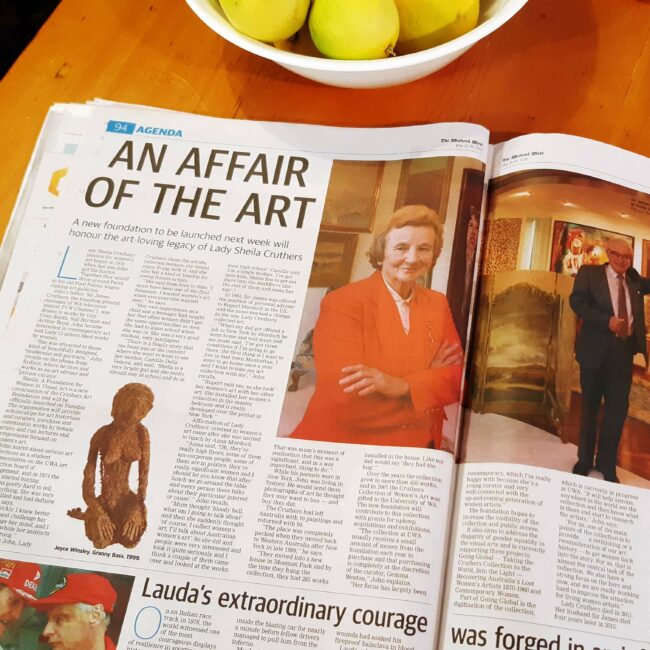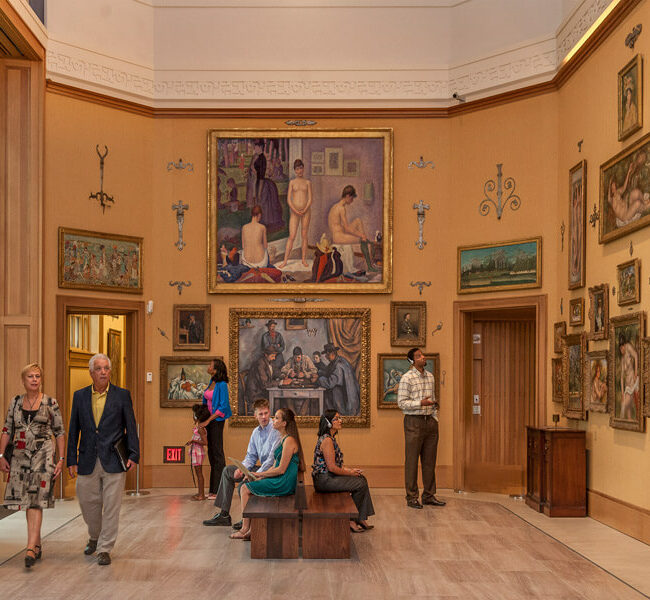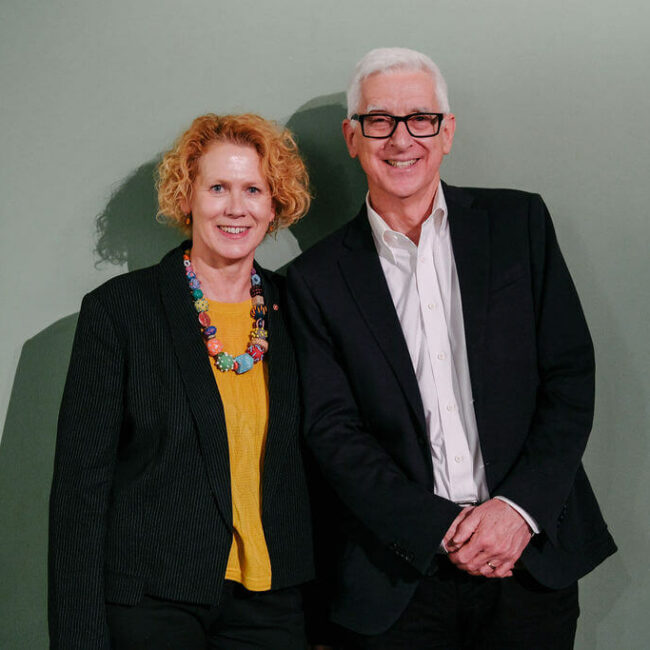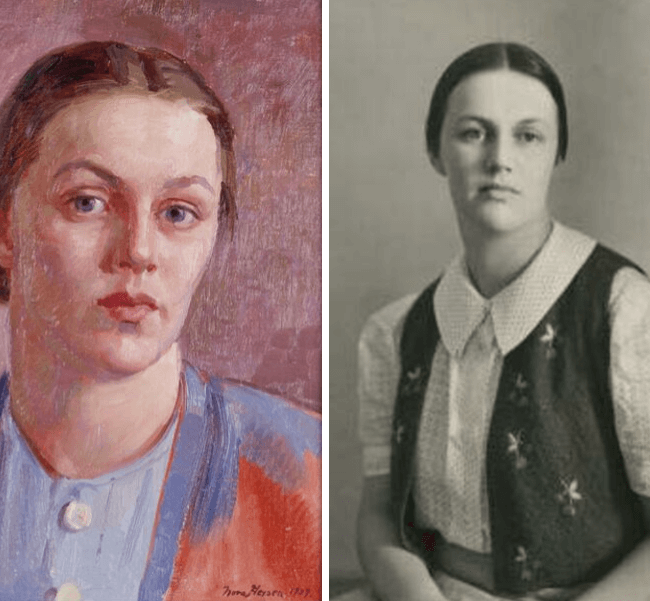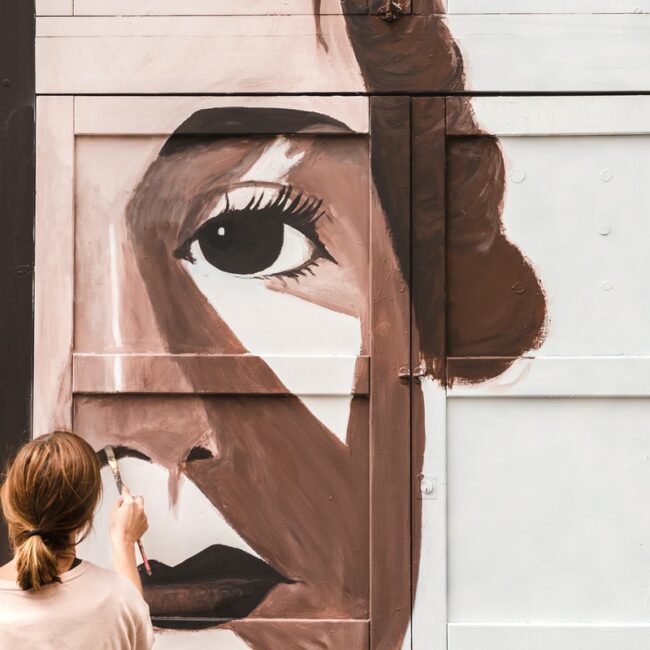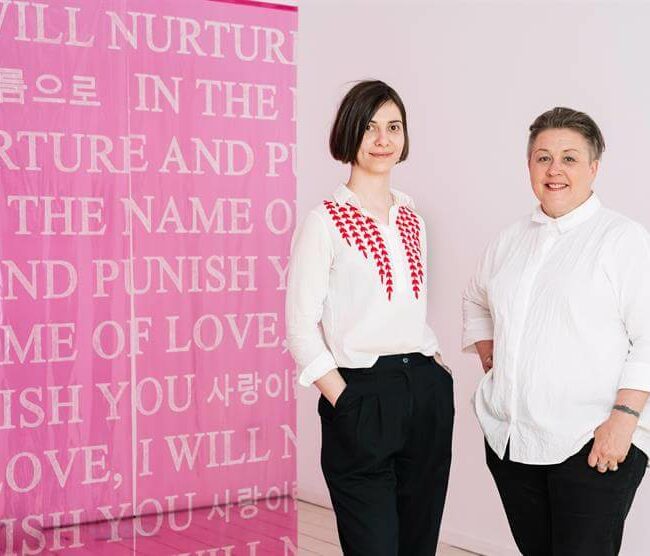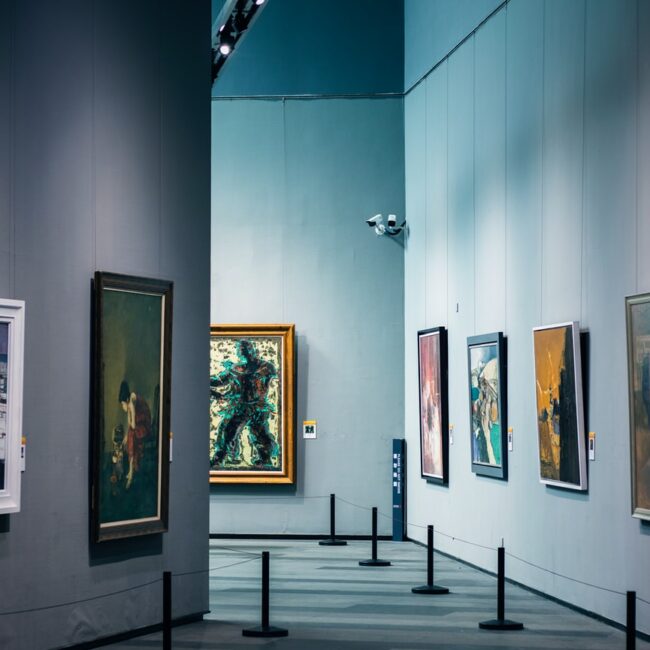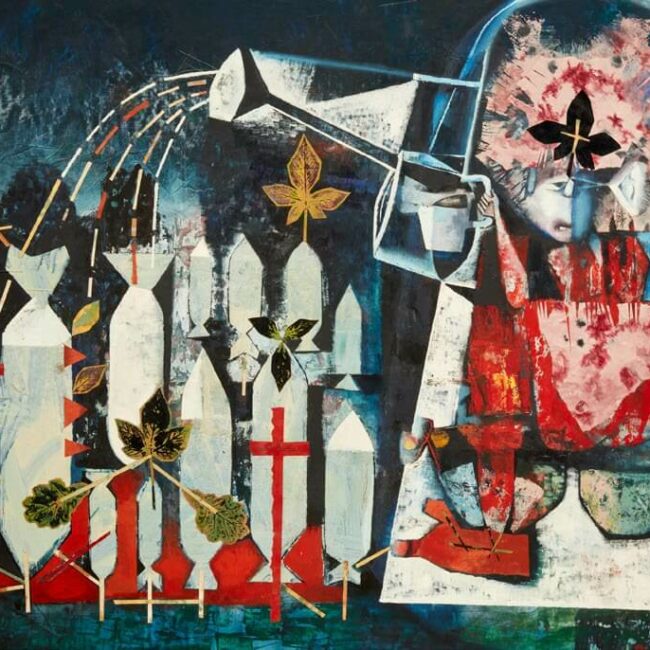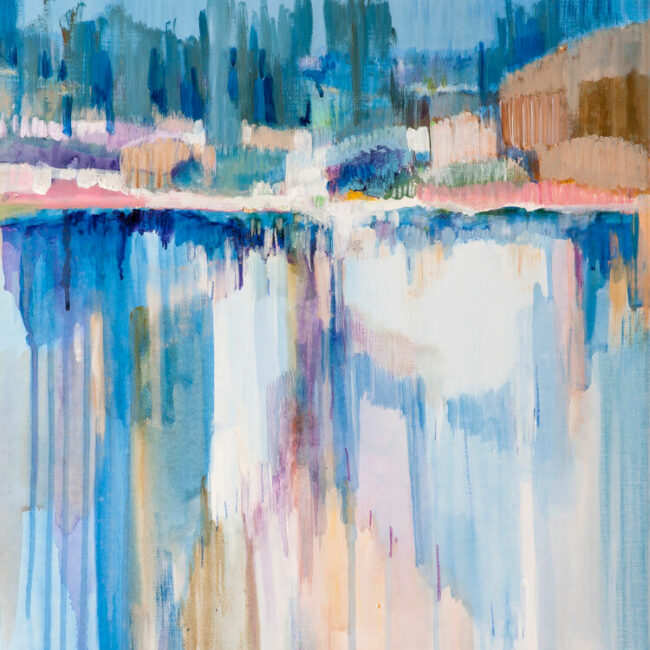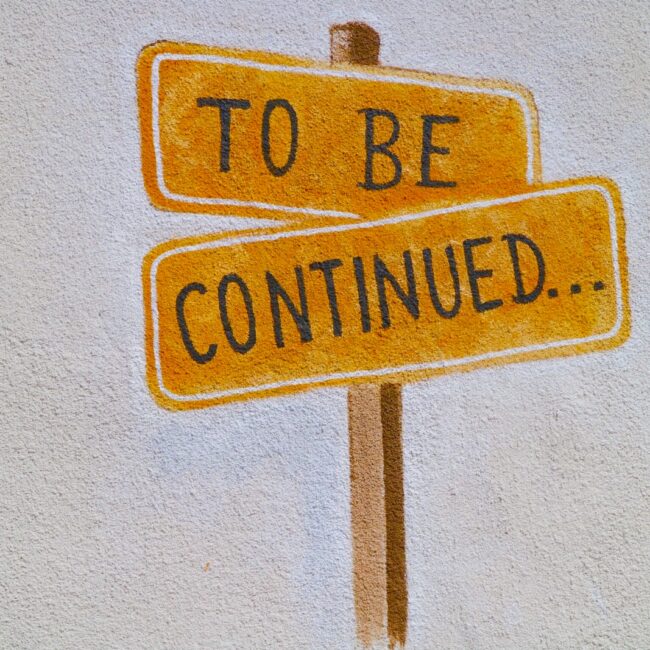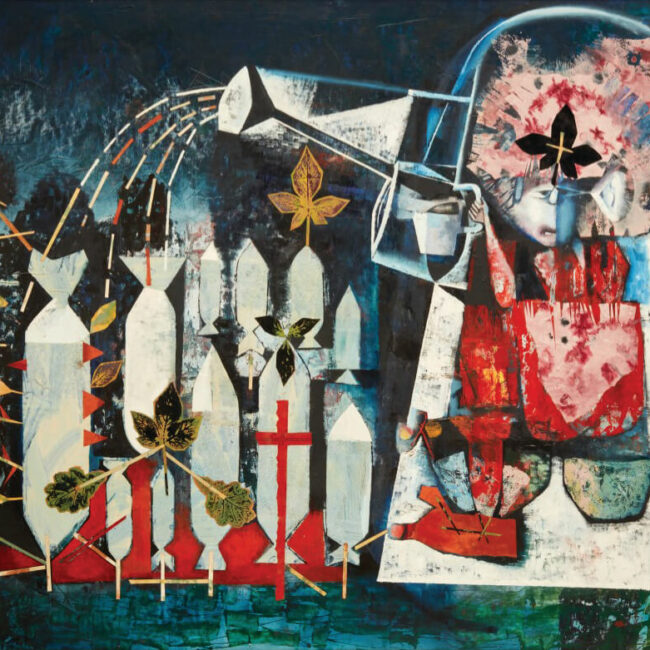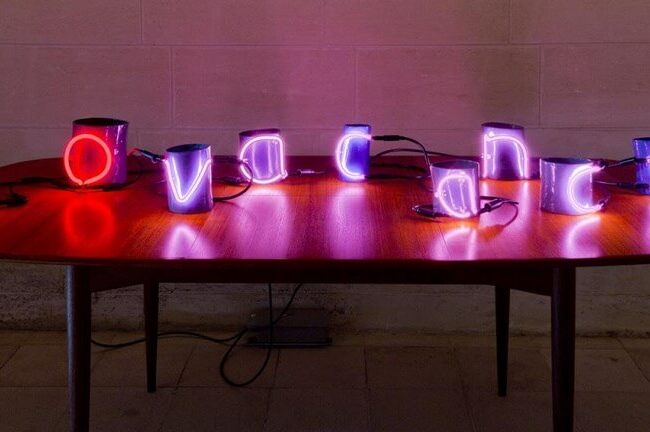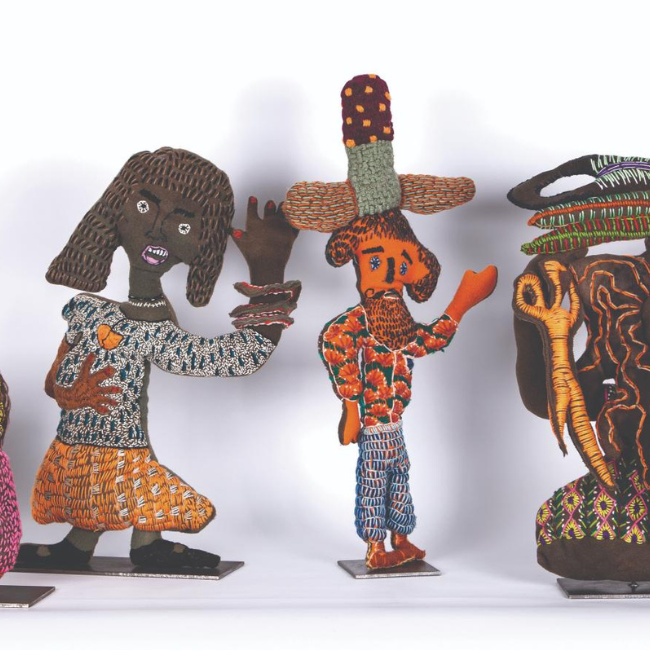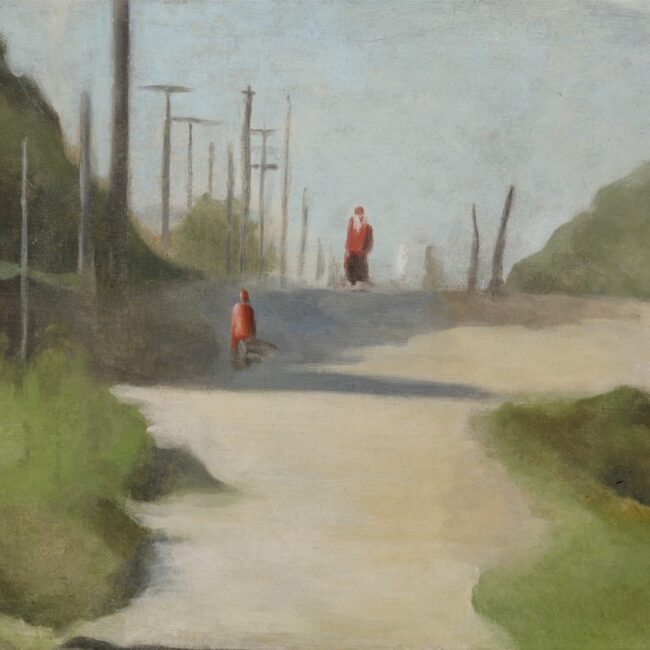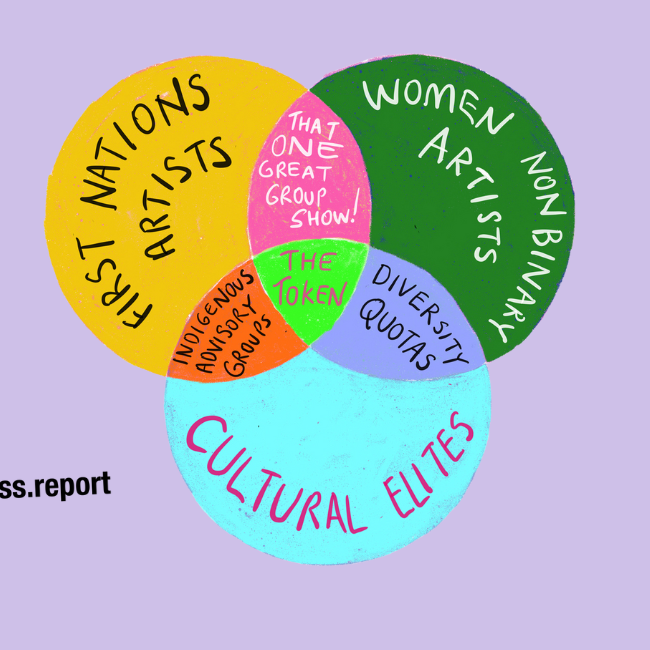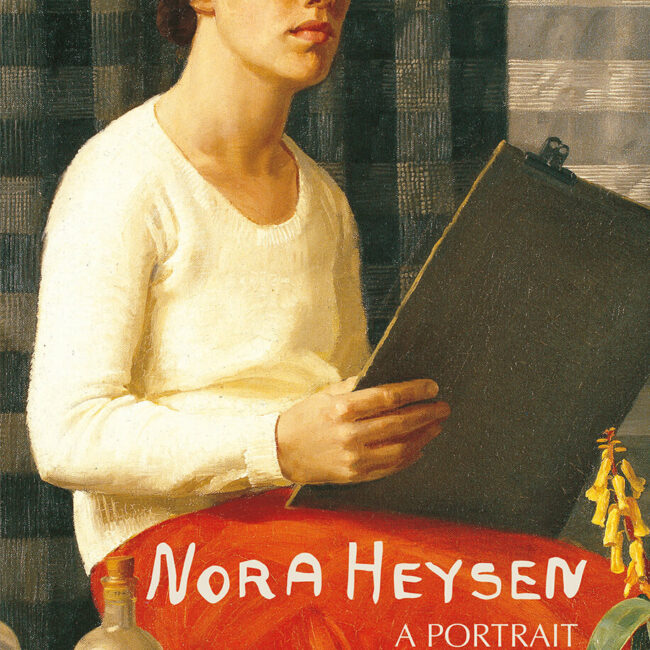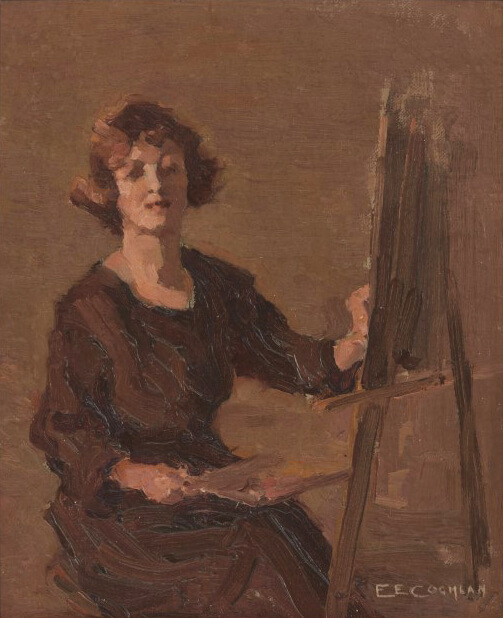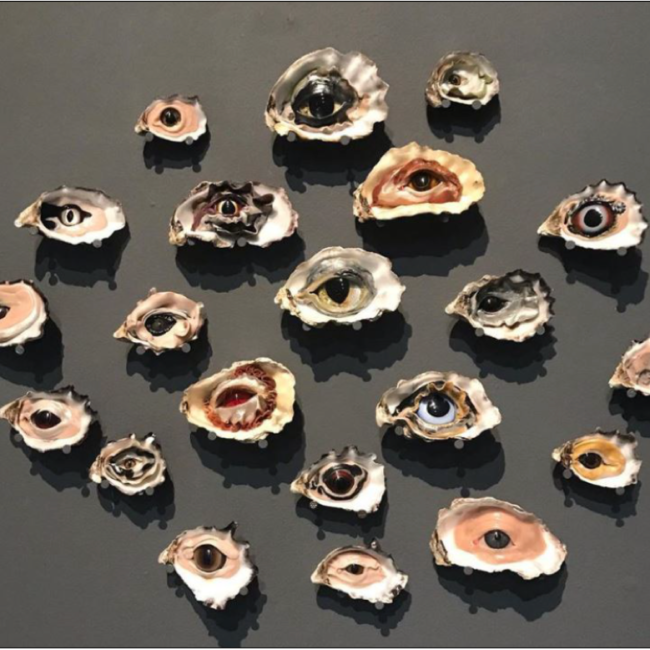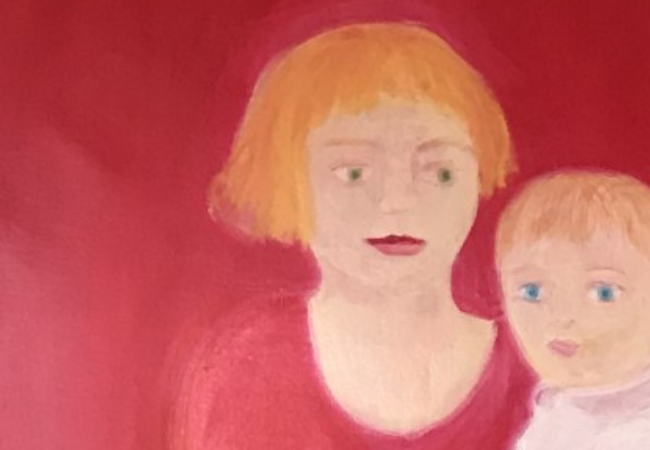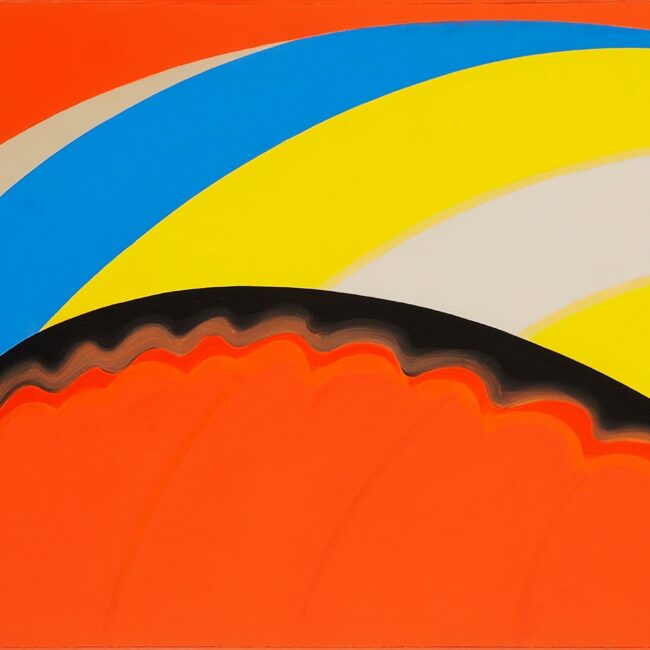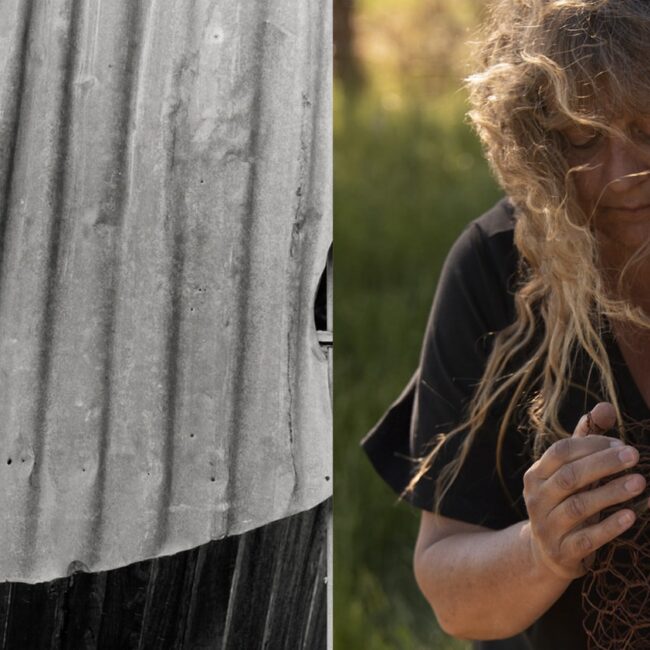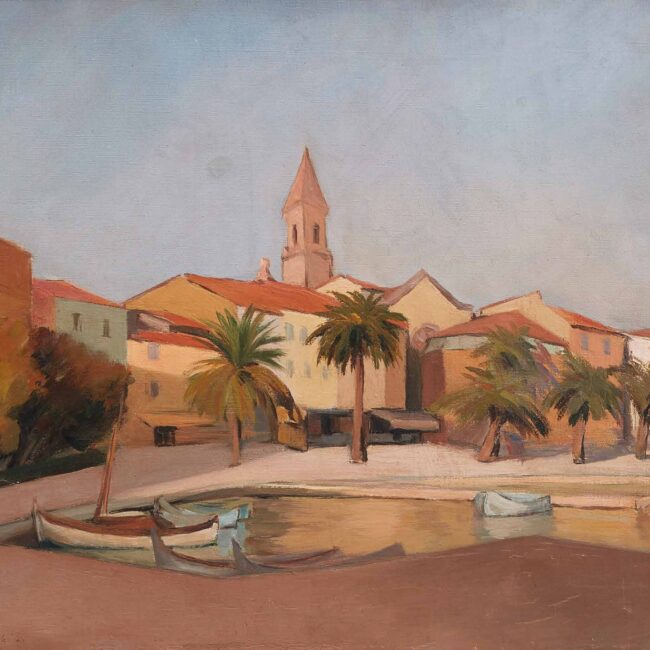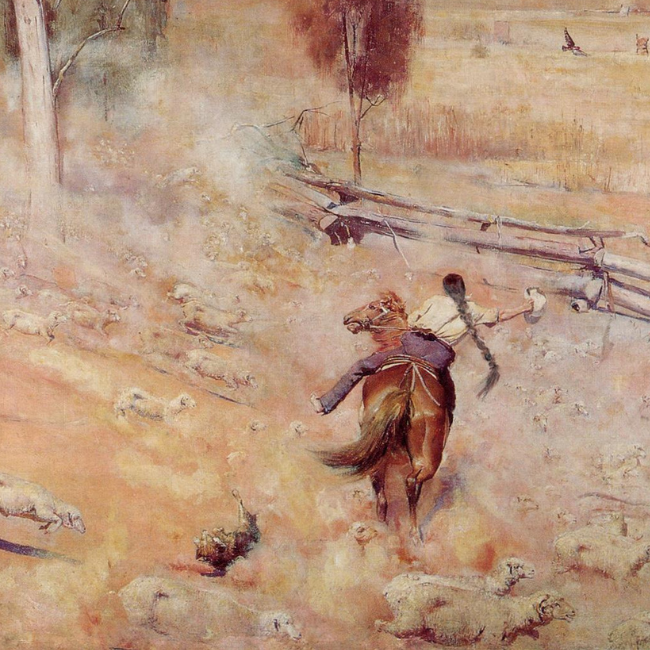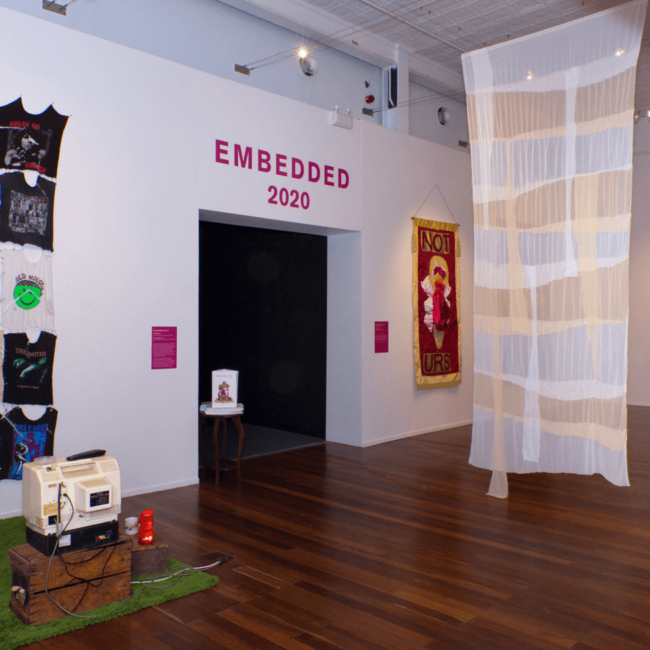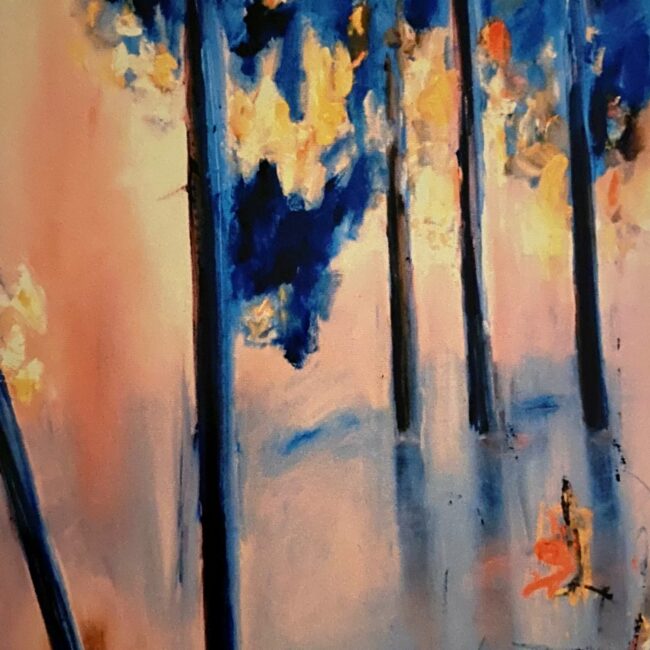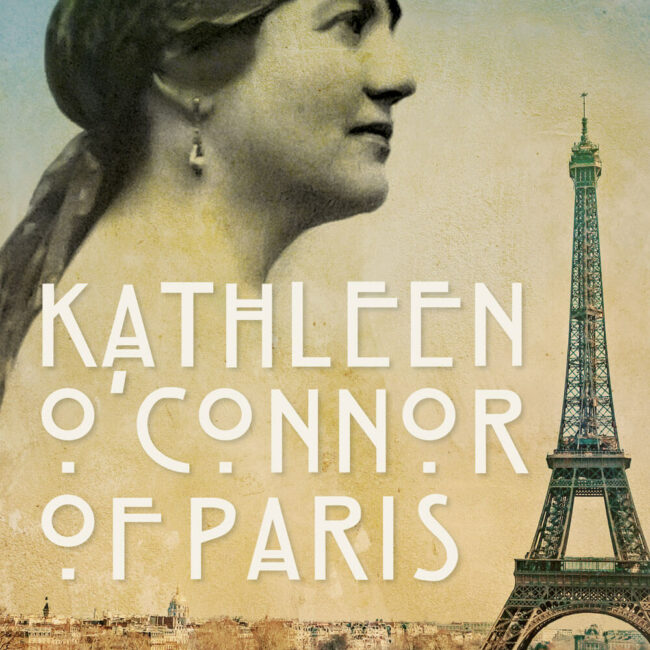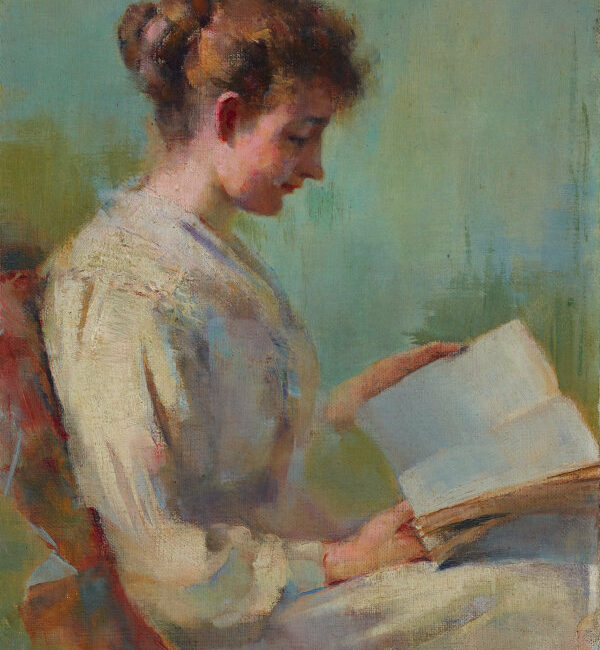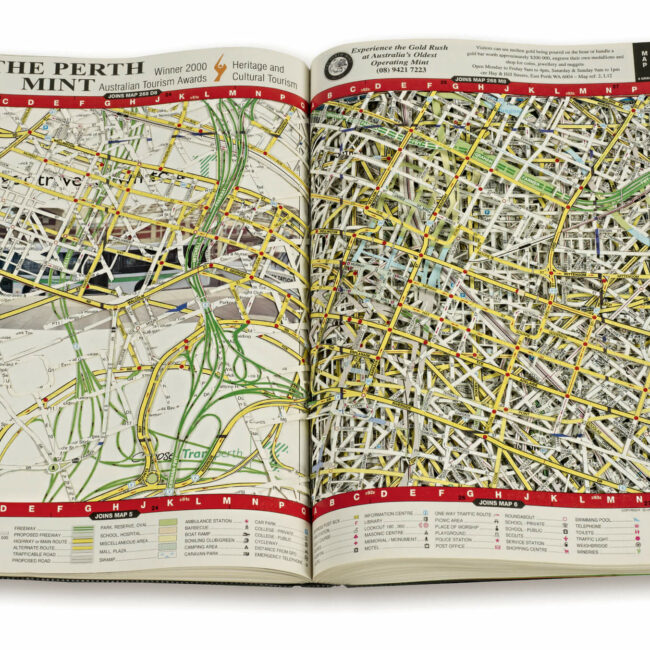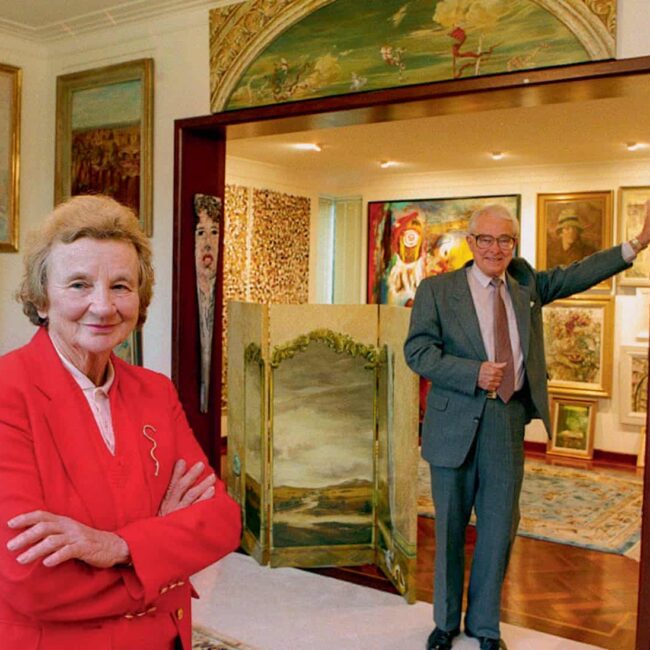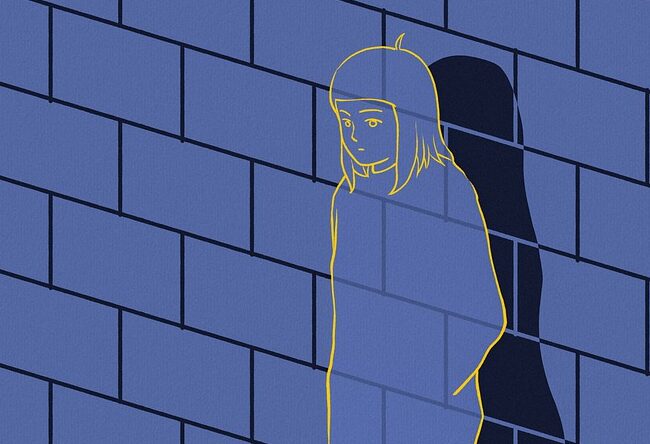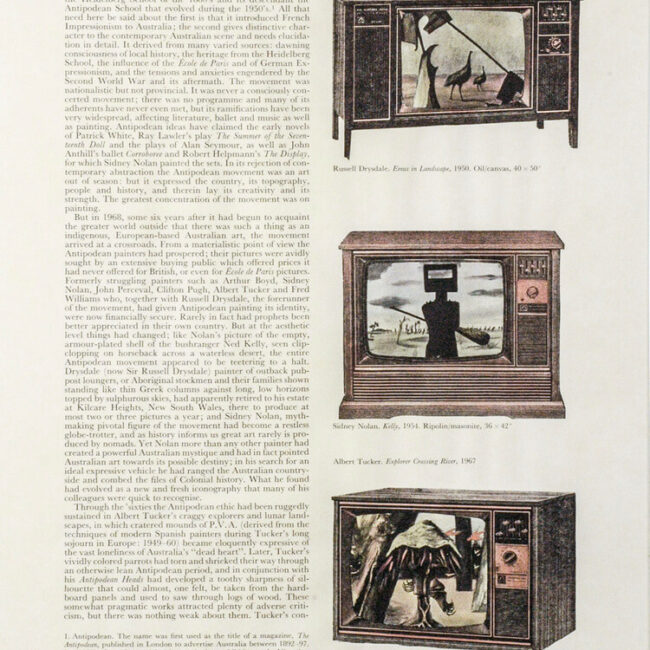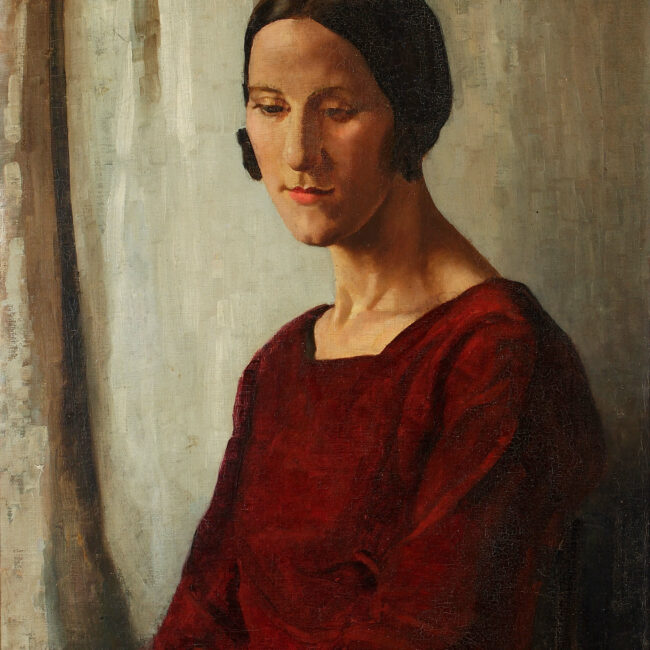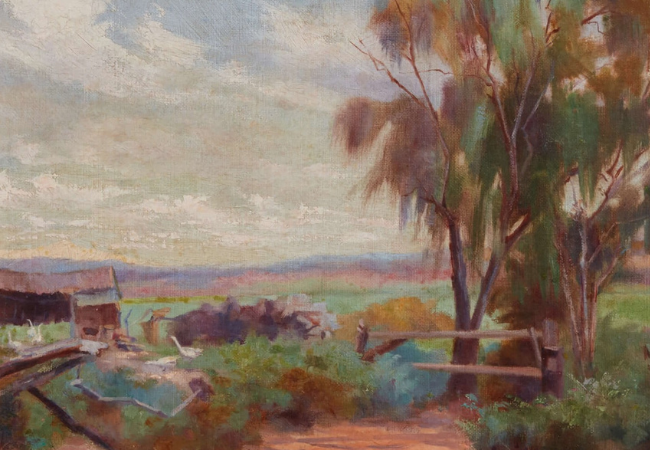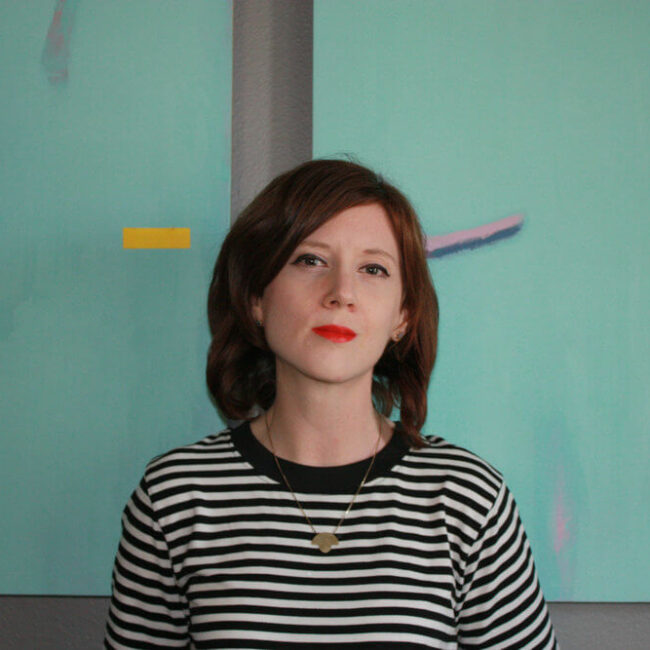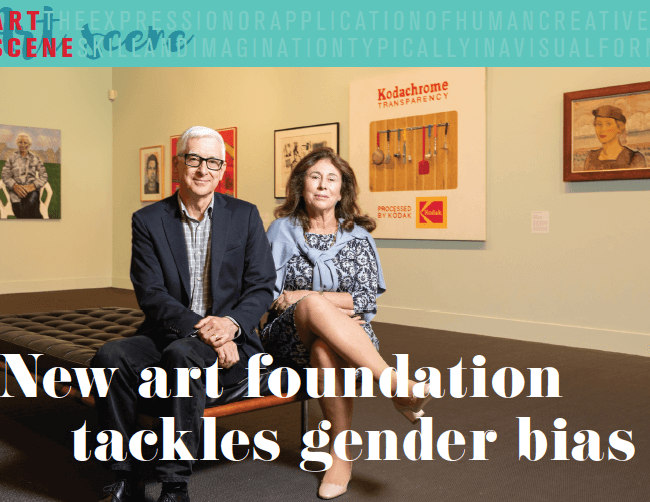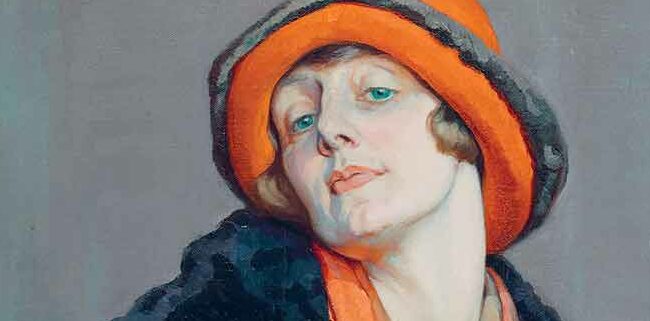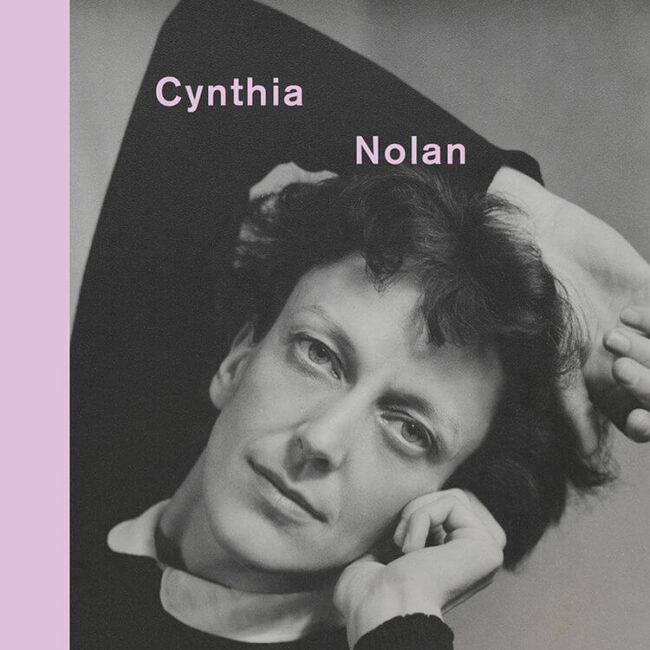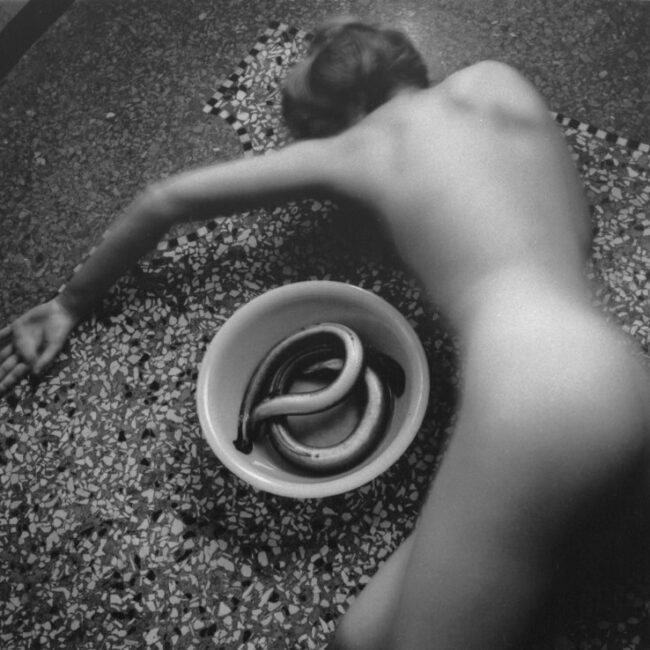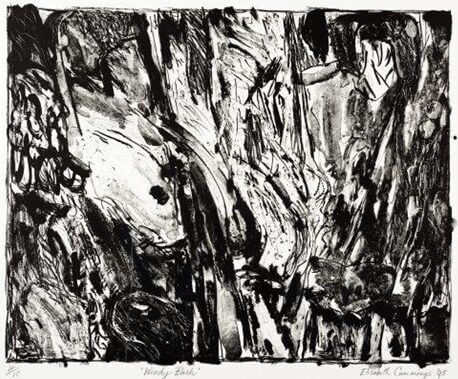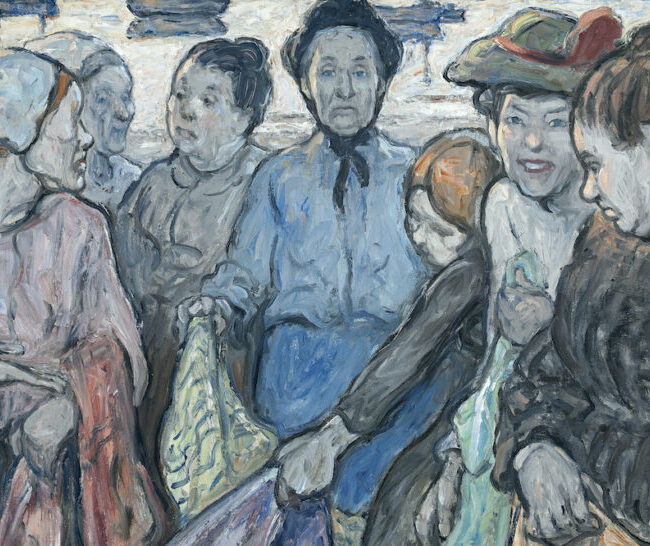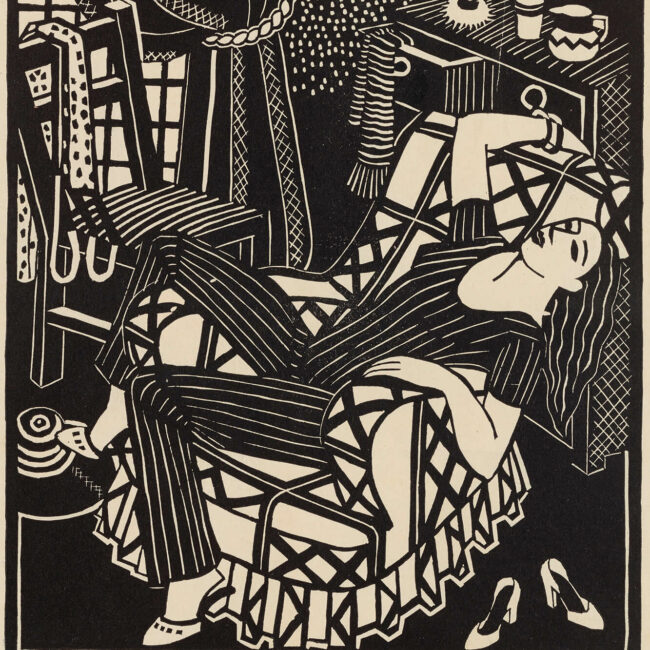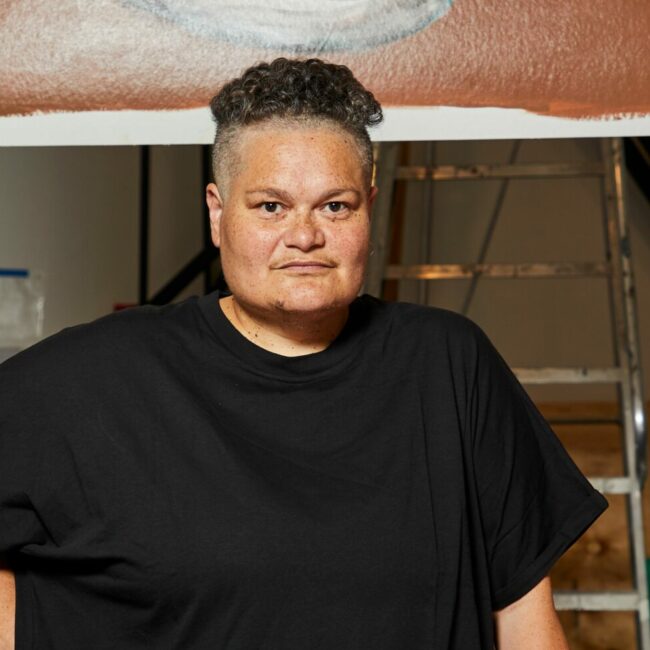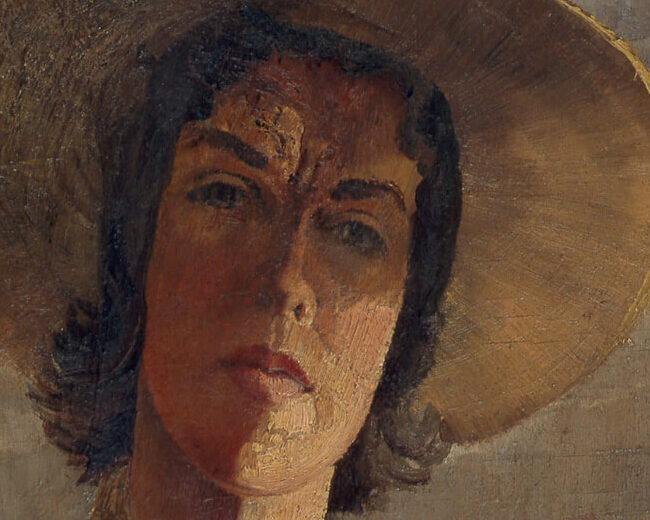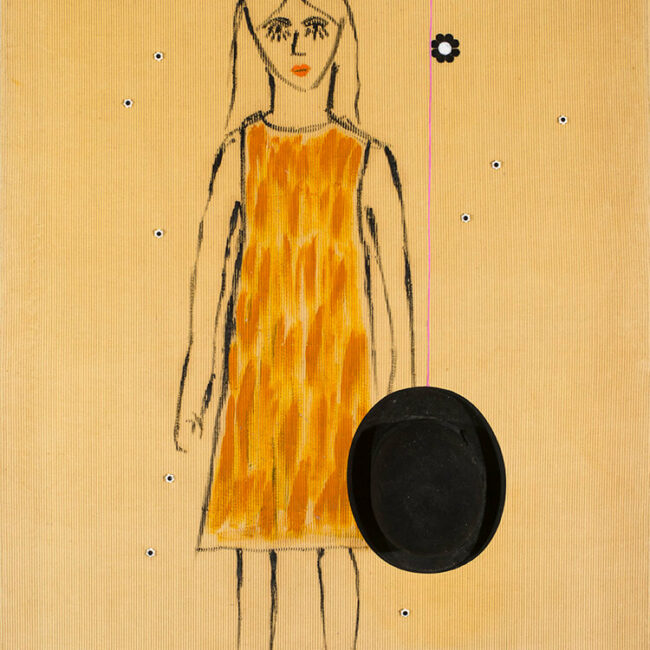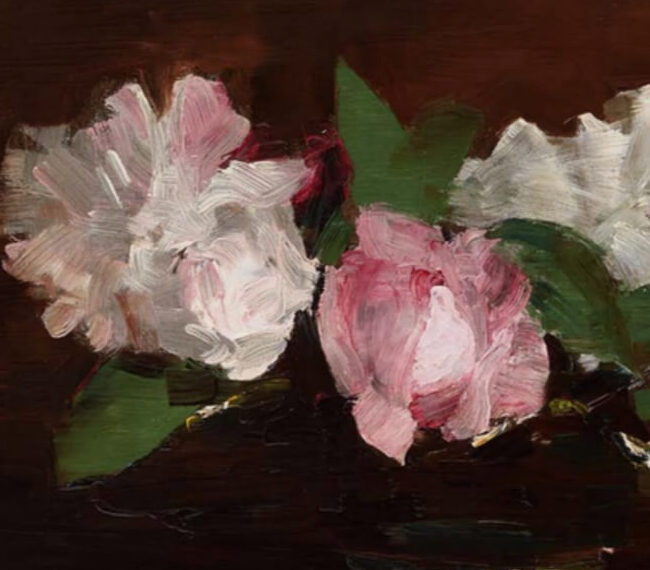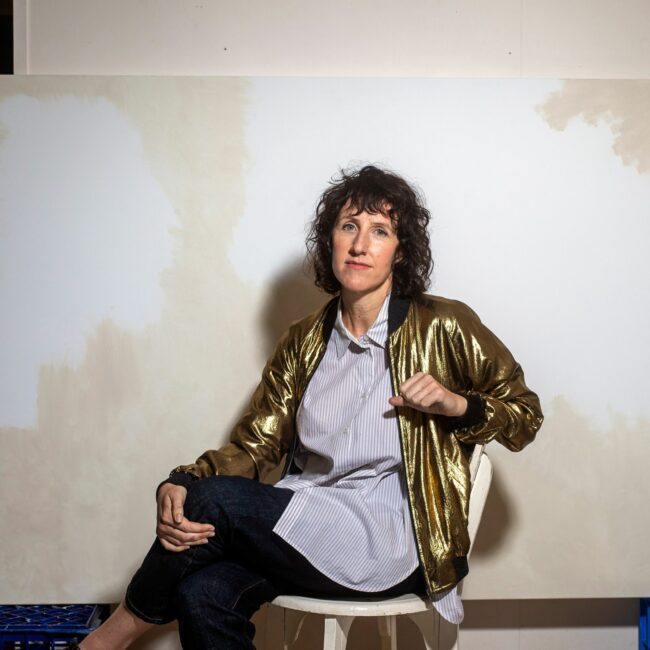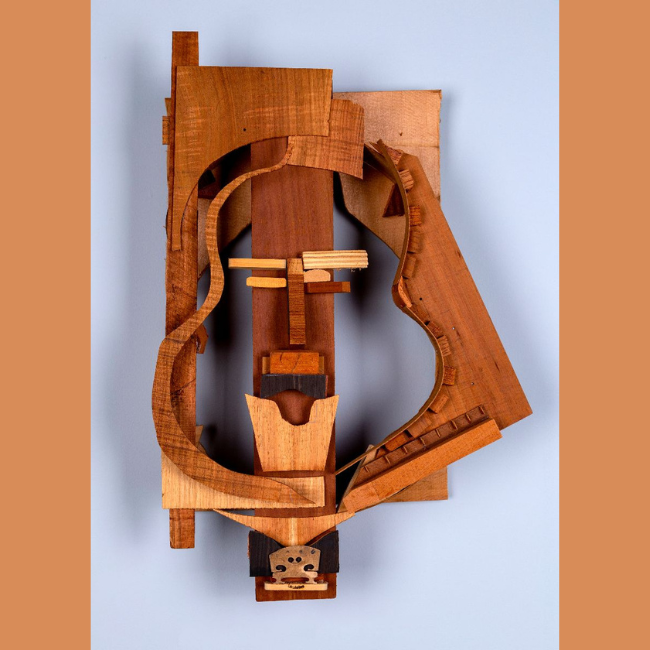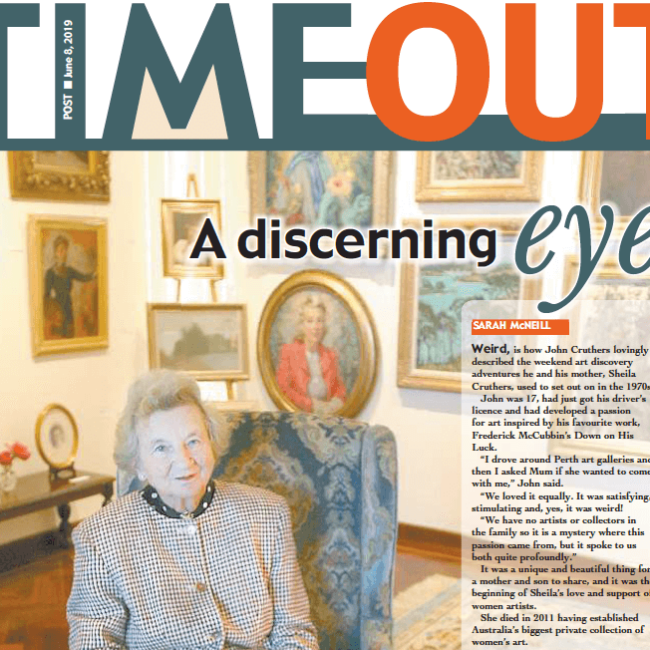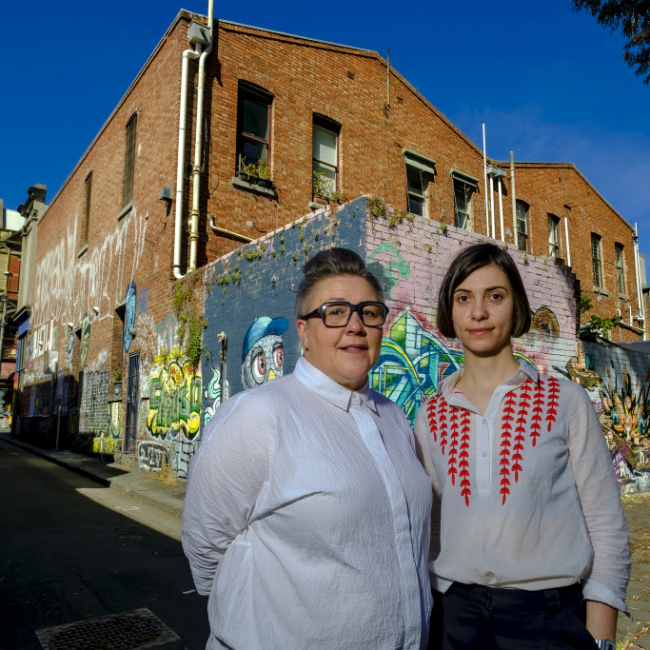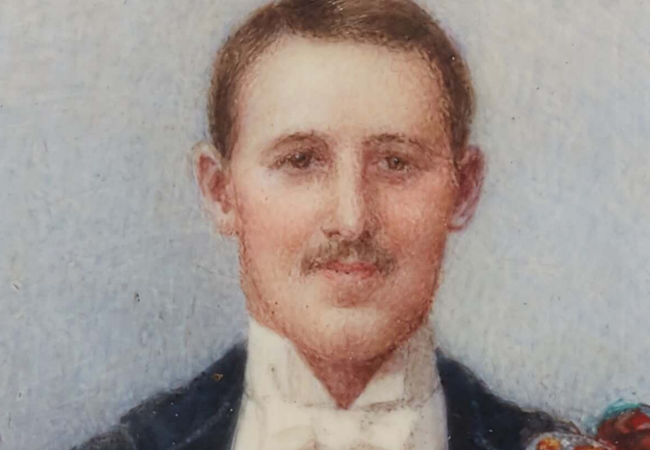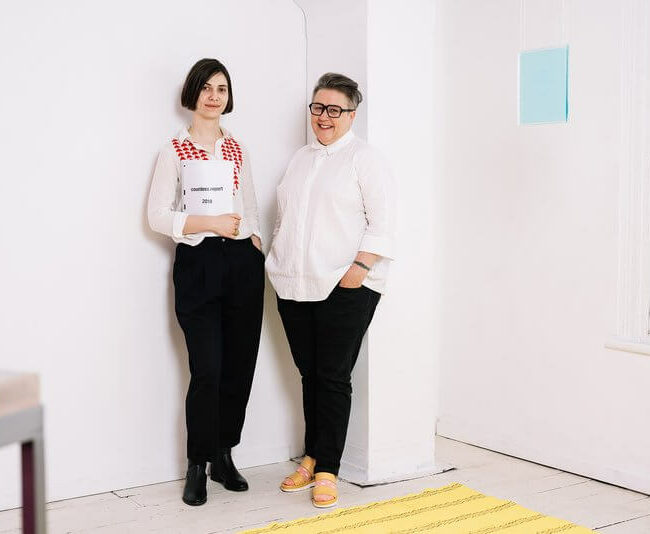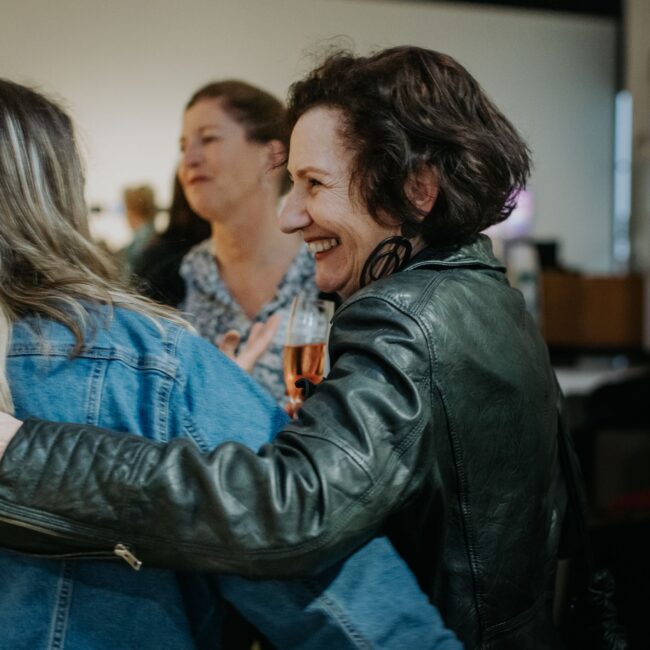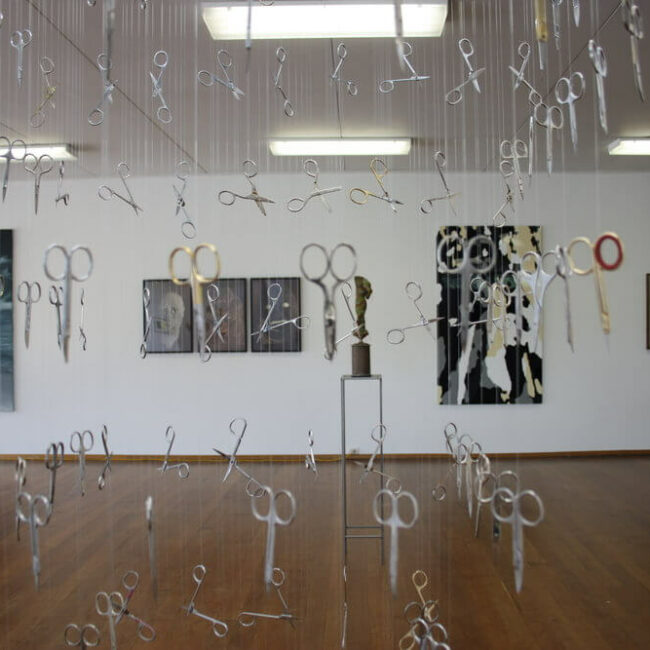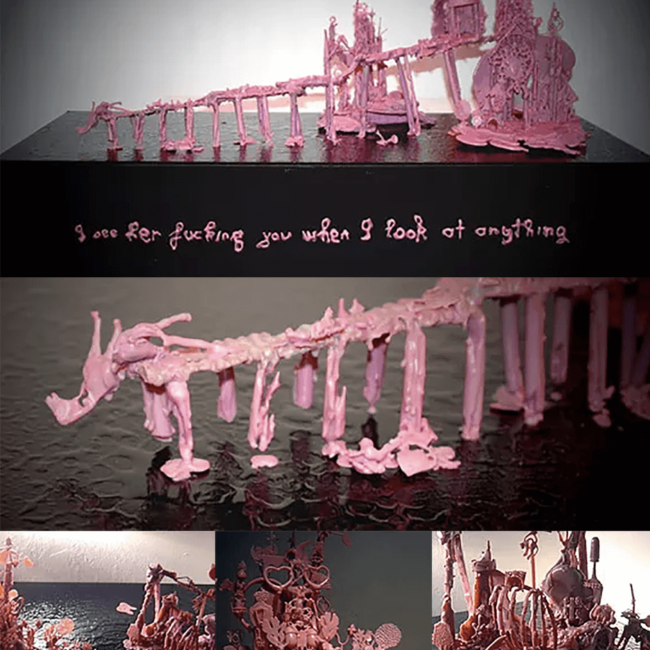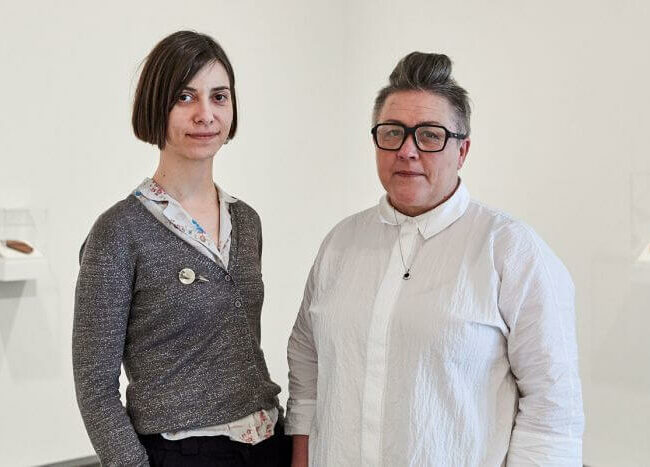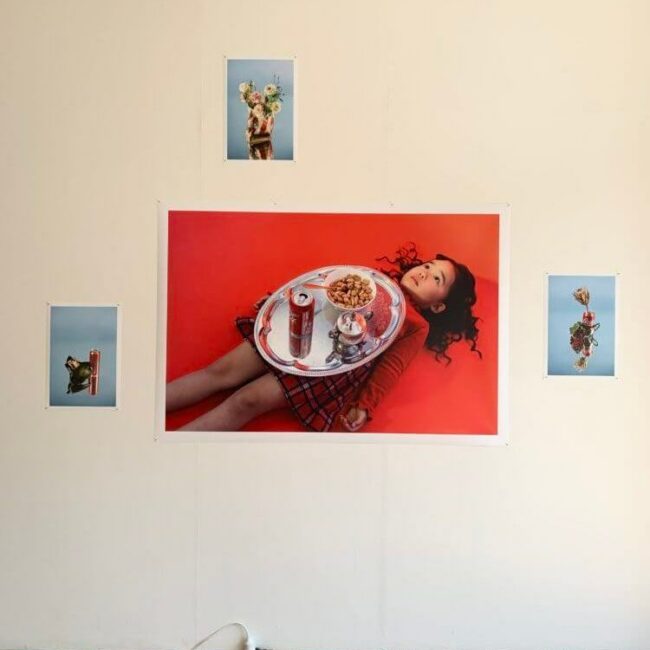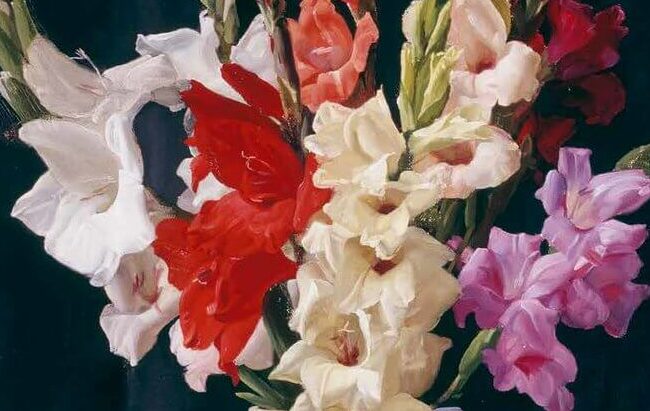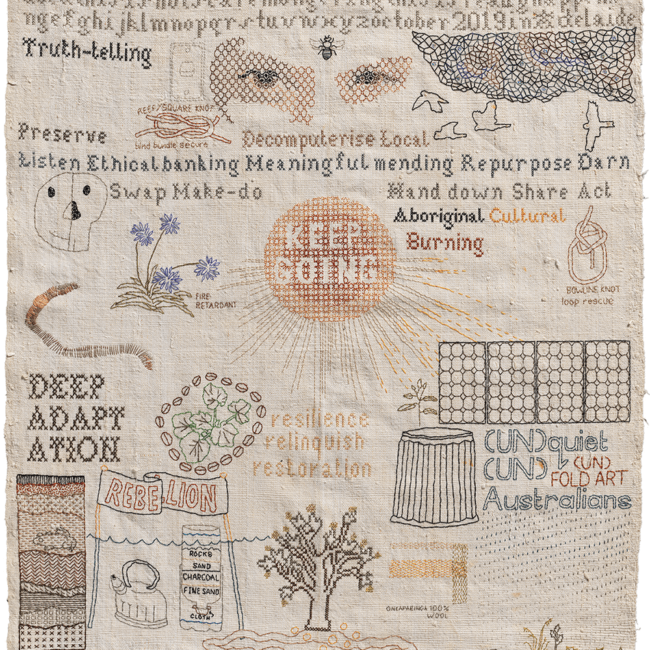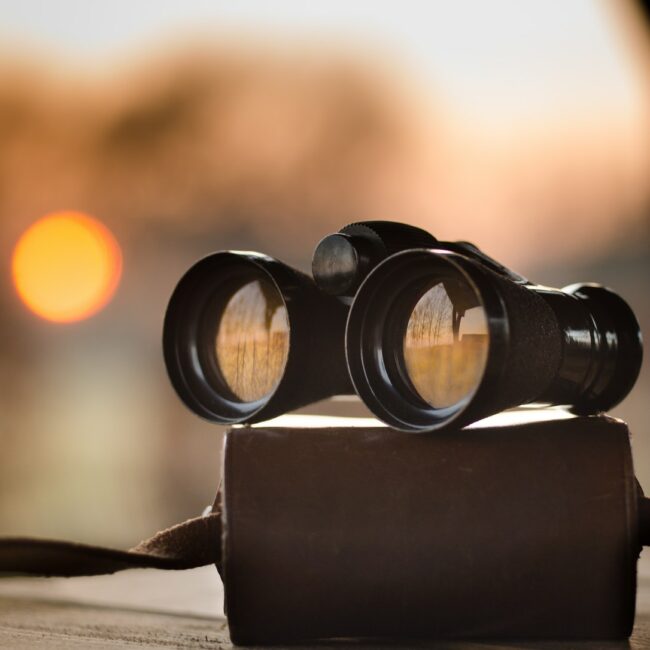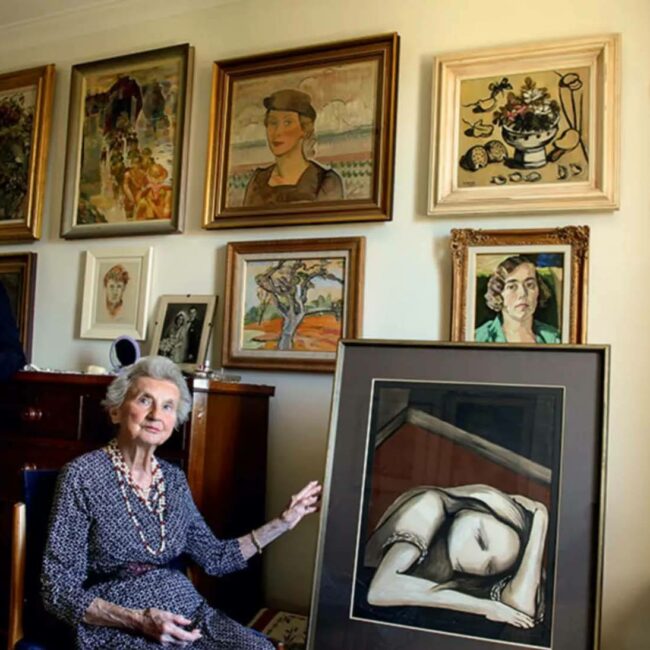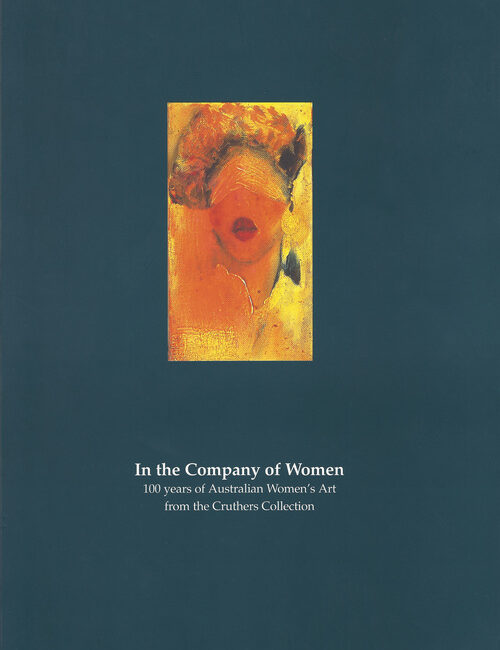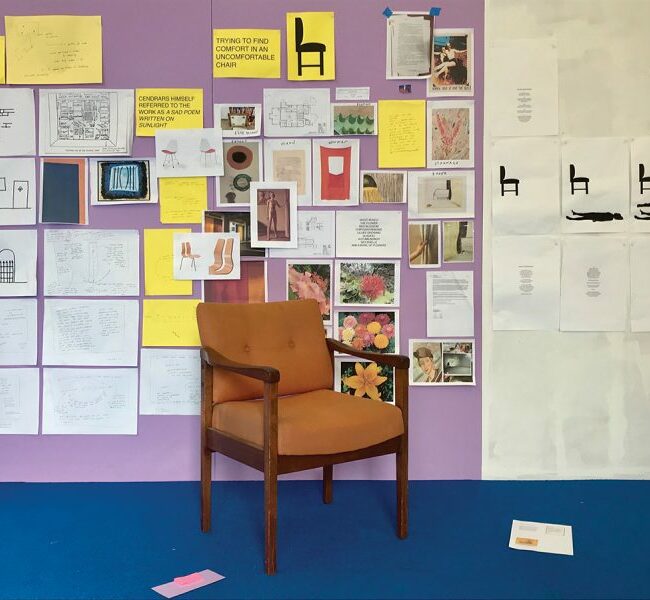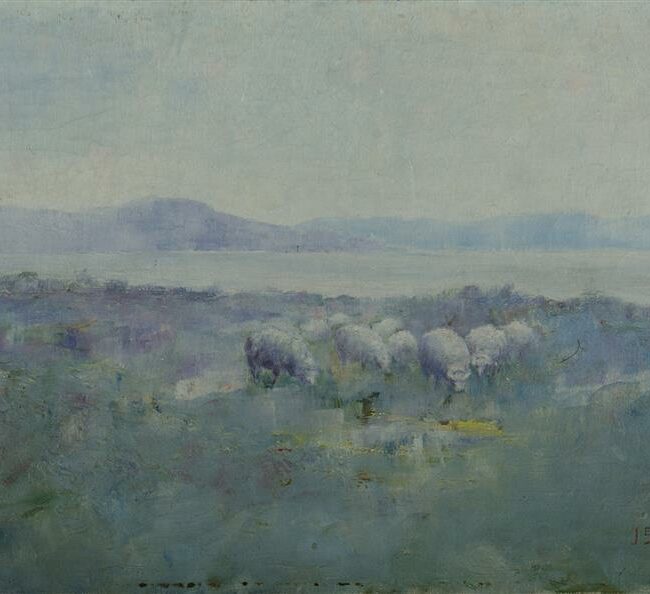Found and Gathered: Rosalie Gascoigne and Lorraine Connelly-Northey
The idea of anthropocentrism is at the forefront of the Australian art world, becoming something of the buzzword of the moment in environmental discourses. Anthropocentrism can be understood as part of a concerted effort to emphasise the extent to which we are responsible for the current state of our world (hence, the notion of the Anthopocene); enabling us to understand the magnitude of the harms that we must seek to reverse. Seeing the human species as being separate from nature and superior to all other living entities, as the prefix ‘anthro’ suggests, reflects the alarming impacts that we have had on our environment and our perceived self-importance within it.
Such self-importance is no better reflected than in our quests for greatness, which are defined by making a mark that is visible, obvious, and long-lasting. The desire to be memorialised through great architectural feats that commemorate individuals’ specific achievements is, quite frankly, absurd, yet also taken for granted.[1] Such narratives prioritise individual personalities and, inevitably, ego, as the driving forces in the development of society, culture, and art.
Found and Gathered brings together the work of two of Australia’s pioneering contemporary artists: Lorraine Connelly-Northey, an artist with maternal Waradgerie heritage living on Wamba Wamba Country and Rosalie Gascoigne, who was born in Aotearoa (New Zealand) but lived and worked on the lands of Ngunawal people (Australia Capital Territory) for much of her career.
The exhibition is presented as a dialogue between the two artists, who never actually met. When Gascoigne passed away, Connelly-Northey was at the beginning of her career as an exhibiting artist. Yet the similarities in their work, while somewhat coincidental, do suggest a prolonged exploration of ideas that have not seen sufficient attention or progress.
Both Gascoigne and Connelly-Northey put the land first in their practice, in ways that reflect the impacts that colonialism has had on Australian land. Both artists create works using found materials, incorporating the act of cleaning up the land as part of their practice, returning it to the condition it was found in for other species to make use of.
A key aspect of the colonial ‘terra nullius’ narrative is that the absence of permanent ‘civilised’ structures was interpreted as an absence of inhabitants on the land. With European settlement came the erection of structures, both tangible and intangible, which have endured.
Even so, these ‘permanent’ structures often proved unfit for the Australian climate. The harsh Australian sun and temperamental weather have worn through the wooden planks and rusted the metal fences that the settlers had built.
I have been thinking a lot recently about the idea of ‘the artist as consumer/producer’ – many artmaking practices can become very wasteful very quickly. As such, it is easy to see the allure of a practice that incorporates found/discarded materials. As Connelly-Northey explains: “We Aboriginal people only take what we need when we need it… The beauty is that I always work from leftovers and if I don’t use a material, I take it back.”
Choosing to use found materials ‘as is’ demonstrates a humble relinquishment of power. Both artists let nature create the colour palette they choose from in a collaboration between the human hand and the hand of nature.
Such a philosophy makes sense given Gascoigne’s training in Ikebana, a Japanese philosophy of flower arrangement that prioritises form and line over colour. Ikebana is an artform intended to show harmony between man and nature, as it breathes new life into the various parts of the plant as materials for artmaking. Thoughtfulness and respect for the materials are fundamental to the practice, which can be easily seen in Gascoigne’s art through her use of material that is intentionally weathered and imperfect, having already lived at least one social life (as container, as shelter, as territorial demarcation). It comes to the artist full of character, with signs of wear that reflect where it has been, and with these places deeply embedded in its surface. Gascoigne embraces and highlights these elements within her chosen materials and uses them to create her work.
In such a space, all signs of ‘unnatural’ colours –painted wood and retro-reflective polymer film— feel jarring, as they stand out, uncomfortably so. Gascoigne’s compositions made from painted soft drink boxes are an exploration of negative space, typography, and the tonality of weathered paint. They were a sensorial shock in an exhibition otherwise filled with earthy tones, while also reflecting the way these artificial materials disrupt the natural land.[2]
Connelly-Northey’s works more explicitly allude to colonial violence that First Nations communities were (and still are) subjected to. She gathers and uses materials that often have clear links to European settlement and industrialisation, creating sculptural works that take the form of Indigenous cultural objects. Many of her pieces use wire cable or metal scraps to create sculptures in the form of vessels that Aboriginal communities used to gather bush foods. With these colonial materials, she applies techniques that existed long before European settlement, demonstrating the vast impact colonialism still has on Aboriginal communities, while also celebrating the resilience and adaptability of our First Nations people. The works in her wire bags series use rusted fencing wire to create supersized vessels, repurposing a material that was used by European missions and reserves to entrap and restrict her maternal ancestors.
Gascoigne and Connelly-Northey fully embrace materiality within their works, making minimal modifications to the look of the materials they use (for example, leaves and cobwebs are left in the rusted wire fences that Connelly-Northey has used to create her supersized wire bags). Gascoigne demonstrates a preference for using wood that has been bleached almost grey from the sun, and this faded wood becomes a fascinating juxtaposition with the deep tones of the varnished recycled ironbark floors in The Ian Potter Centre.
The exhibition gives enough space to the works to make such juxtapositions apparent. I wanted to crouch down to the floor and press myself against the walls to see all the interesting facets of each work, to try to understand all the stories held in the materials and their configurations.
Legibility is a core theme throughout the exhibition – legibility of the land, and ways to interpret it. The provenance of the materials can be read through their signs of wear. The repurposing of otherwise discarded items can be understood as recognising the potential within these materials to become something new, rather than remaining as waste.
Gascoigne’s works made from soft drink boxes and reflective road signs render its text illegible. Nature—flora, fauna, and the elements—do not live adhering to road signs, and her work offers other means of interpreting the land. Similarly, her works that arrange materials in grid-like formations examine the limitations of applying such a strict and orderly structure on a wild and restless land. Her grids, while sometimes orderly, are hardly uniform, as she works with what the materials have offered her, rather than bending them to her will.
Connelly-Northey explores Aboriginal readings of the land through her Possum Skin Cloak works. The possum skin cloak has become a significant tool for cultural healing for Aboriginal communities seeking to reconnect with their land and culture. Cloak-making has become a healing cultural practice, in which stories are shared and woven into the cloaks created. Connelly-Northey creates metaphorical possum skin cloaks in the form of sculptural installations that depict the stories of the land.
The works of Gascoigne and Connelley-Northey demonstrate an art practice in which the anthropocentric ego is absent. Reflected in both artists’ work is an understanding that they are a part of nature, rather than above it. Such humility is what is needed when reflecting on the environmental impact of humanity into the future. What stories and structures deserve to last? What legacies should we be maintaining?
[1] Even in art, the individual genius artist is a fundamental recurring trope within the Eurocentric art historical canon, characterising the various artistic progressions and movements as the result of the actions of a select few individuals.
[2] Artificial polymers and pigments do not decompose easily, often taking a long time to do so and risk emitting toxic by-products during the process.

